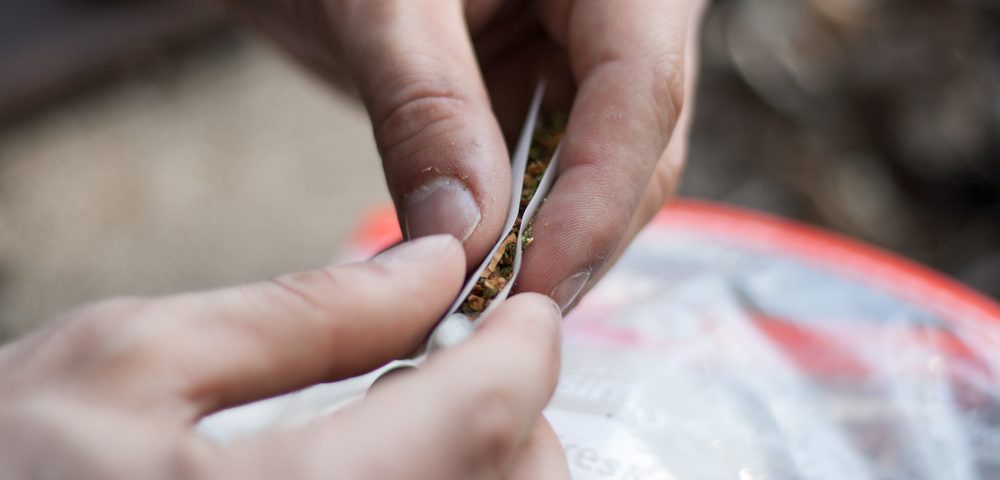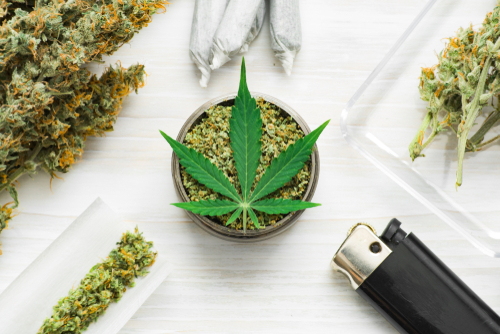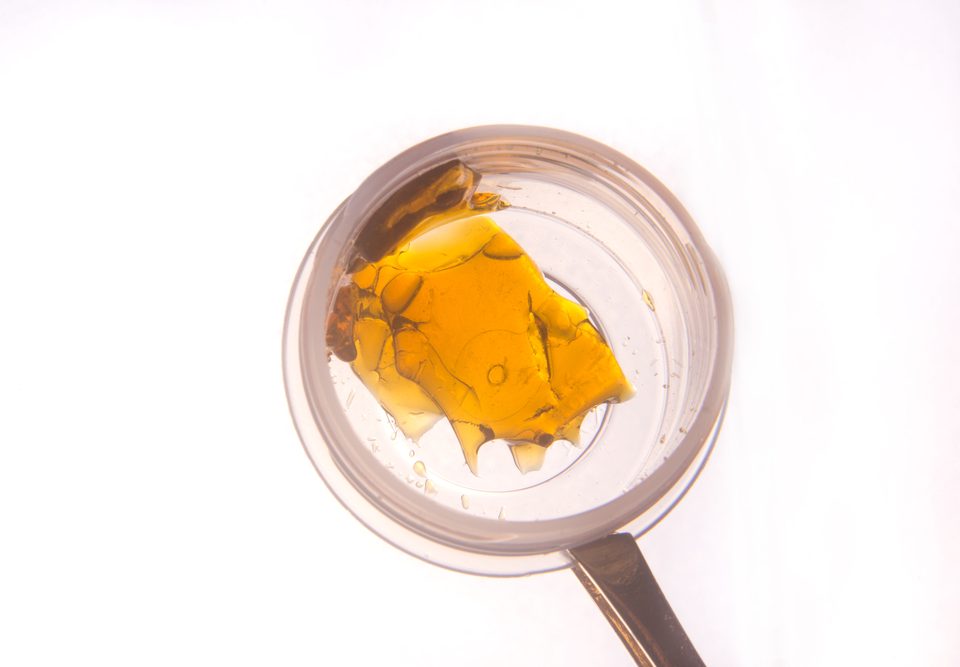
Boundaries & Blended Families
May 4, 2020
What is sextortion?
May 4, 2020With legalization of marijuana occurring in multiple states, there has been an increased focus on the impact legally available marijuana will have on adolescents. There has also been much discussion about early intervention and resources focused on the most vulnerable members of the community: adolescents.
Cannabis is the most widely used illicit substance in the United States. Results from the 2013 National Survey of Drug Use and Health (NSDUH) indicate marijuana use rose to 7.5 percent of users age 12 or older in 2013. This is up from 6.2 percent of users in 2002.
Additional NSDUH findings on marijuana indicate that 19.8 million (7.5 percent) people were current (past month) users in 2013, making it the most used illicit drug. The risk of developing cannabis dependence in adulthood for users that begin smoking at age 18 is approximately 9 percent, however that risk is doubled in users that begin smoking in childhood or adolescence, and can be tripled – as high as 35 to 40 percent – for daily users under 18.
Recent studies by Monitoring the Future, an ongoing study of the behaviors of young people by the University of Michigan, have shown the adolescent perception of the dangers of marijuana have decreased and, conversely, the use of marijuana among adolescents has increased.
Potency and dependence
Marijuana potency has both increased and evolved over the past 15 years. Of particular concern are the marijuana extracts that are making frequent consumption of high-potency marijuana easy and relatively undetected.
With the relatively constant incidence of cannabis use, why has dependence increased? It is clear that a major factor is a substantially higher potency of THC in current engineered marijuana being consumed. Since 1983, when THC concentrations averaged below 4 percent, many marijuana samples now reflect content in the 10 to 20 percent range, with some specialty products showing concentrations exceeding 30 percent. Specialty products seen in adolescent treatment include “wax” (aka “dabs”), in which hash oil has been extracted using alcohol heated with a butane flame.
Symptoms of chronic use
Chronic use of cannabis, particularly use of cannabis extracts, can lead to dependence, tolerance and withdrawal when the drug is stopped, and can progress to drug-seeking behavior, often with adverse consequences. Symptoms commonly experienced in cannabis withdrawal are sleep difficulty, decreased appetite and weight loss, irritability, nervousness and anxiety, restlessness, and increased anger and aggression. The majority of symptoms peak between the second and sixth days of abstinence, and most return to baseline by day 14. Sleep difficulty, anger/aggression, irritability and physical tension have persisted for three to four weeks in some studies.
Anecdotal evidence also suggests that adolescents who have lower levels of body fat experience faster and more intense withdrawal symptoms than their heavier cohorts. This is due, in part, to the fat-soluble nature of THC and the rapid leaching of the THC out of the fat cells of thinner individuals.
Age and dependence
The growing problem of cannabis dependence in youth is posing an increasing challenge to adolescent addiction treatment programs. Part of this challenge is the prevailing belief in the youth drug culture that marijuana is a safe drug that has medical utility, which researchers are increasingly finding may be true.
Research shows that approximately 9 percent of people who begin smoking marijuana at 18 years or older satisfy the criteria for dependence. For near-daily marijuana users, the risk for dependence some time later in life is estimated to be between 35 and 40 percent. While approximately 9 percent of all individuals who begin using marijuana after age 18 eventually satisfy the criteria for dependence at some time in their lives, much higher rates hold for individuals who initiate use before 18.
Data collected in 2012 found that nearly 13 percent of those with a substance use disorder began using marijuana by the time they were 14. Hence, addiction is a chronic disease with a childhood age of onset that typically doesn’t receive treatment until adulthood. This is due, in part, to the belief that adolescent substance use is a “rite of passage.” Additionally, as the perception of danger associated with cannabis use has declined, the acceptance of cannabis has increased.
Stress and substance abuse
The perception of diminished danger associated with cannabis use is not the only reason adolescents are using/abusing the drug. Increasingly, adolescents are using marijuana to self-medicate the symptoms of underlying psychological and/or psychiatric co–morbidities. In addition, it seems that adolescent substance use is often born out of the experience of stress.
Studies have found a positive relationship between stress and substance abuse. Emerging studies have found a significant negative relationship between stress and self-esteem. An adolescent’s self-esteem is an enormous segment of their self-empathy that is likely to fluctuate and is receptive to both overt and covert influence.
Self-esteem is a vital facet of psychological work during adolescence. Stressful life issues were reduced among adolescents with high self-esteem. More so, both earlier and later studies have found significant and negative correlations between self-esteem and substance abuse among adolescents.
Approach to treatment
Successful treatment of adolescent addiction requires that the medical and treatment community shift the paradigm of how we understand addiction and treat it as a pediatric illness. The approach to treatment has been, historically, rooted in adult treatment approaches. Thus, parents and treatment professionals alike hold the belief that we must wait for the adolescent to “hit bottom” and then have a willingness to engage in treatment.
We must instead approach adolescent substance use as a constellation of issues, which at any point can be intervened upon, rather than viewing it through the lens of a downward trajectory at which the bottom, or catastrophic event, is the point of intervention. Given that adolescents with substance use problems often feel they do not need help, engaging them in treatment often requires parents to make the decision to admit the adolescent to treatment without their consent.
In summary, the potential harm of cannabis use in adolescence is becoming increasingly clear, as is the need for more effective treatment and early intervention. This includes a shift in the paradigm of adolescent treatment to reflect the unique aspects of adolescent substance abuse and to eliminate the concept of “hitting bottom” prior to initiating treatment.
By // Jennifer Golick, LMFT
Clinical Director, Muir Wood Adolescent & Family Services
MASK the Parenting Magazine a quarterly publication providing solutions for Today’s Families.
The parenting manual offering solutions to the modern-day challenges families face. From Pre-K
through College stay up to date on the modern day issues families face.
Are you up to date on the issues your child is facing?
MASK Mothers Awareness on School-age Kids offers parenting solutions for today’s families. MASK tackles important topics – from drugs and alcohol to bullying and Internet safety -and gives students, parents and the community the knowledge and tools to manage these potential challenges.
Subscribe today! https://www.maskmatters.org/product/mask-the-magazine/
Download and share the MASKmatters app now! Made for children, parents, teachers and in Spanish.
Have solutions at your fingertips
Available free on apple and google play links below
Apple https://apps.apple.com/us/app/maskmatters/id1482305692
Google Play
https://play.google.com/store/apps/details?id=com.maskmatters.maskmattersapp&hl=en_US&gl=US





